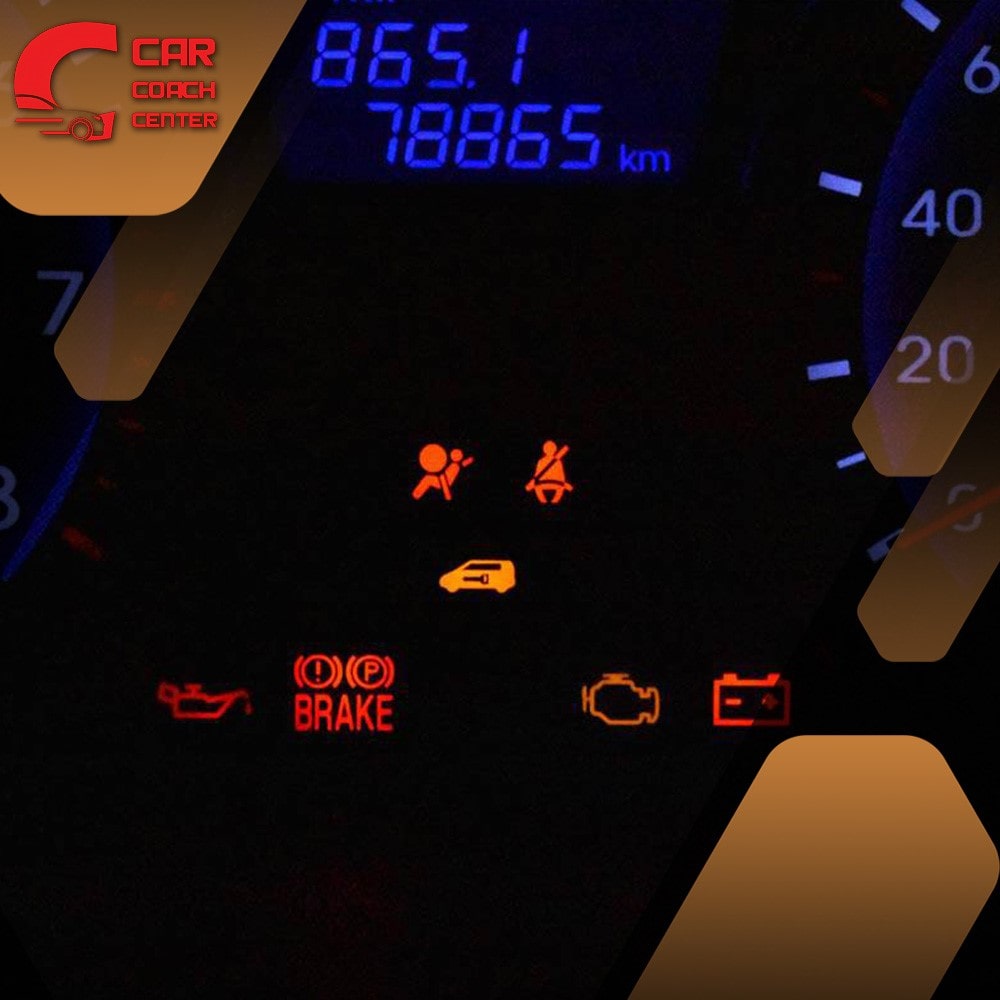Hyundai dash warning lights
As you cruise along the open road in your trusty Hyundai, the rhythmic hum of the engine provides a soothing backdrop to your journey. Suddenly, an unexpected glow catches your eye – a constellation of Hyundai dash symbols lighting up the dashboard like a futuristic display. You wonder, “What do these enigmatic symbols mean, and should I be concerned?”
Fear not, for in this comprehensive guide, we will unravel the secrets behind those perplexing illuminations, helping you confidently and easily navigate the labyrinth of Hyundai dashboard symbols. Modern vehicles have sophisticated onboard diagnostic systems that monitor various components to ensure optimal performance and safety. When these systems detect irregularities or malfunctions, they communicate with the driver through illuminated symbols.
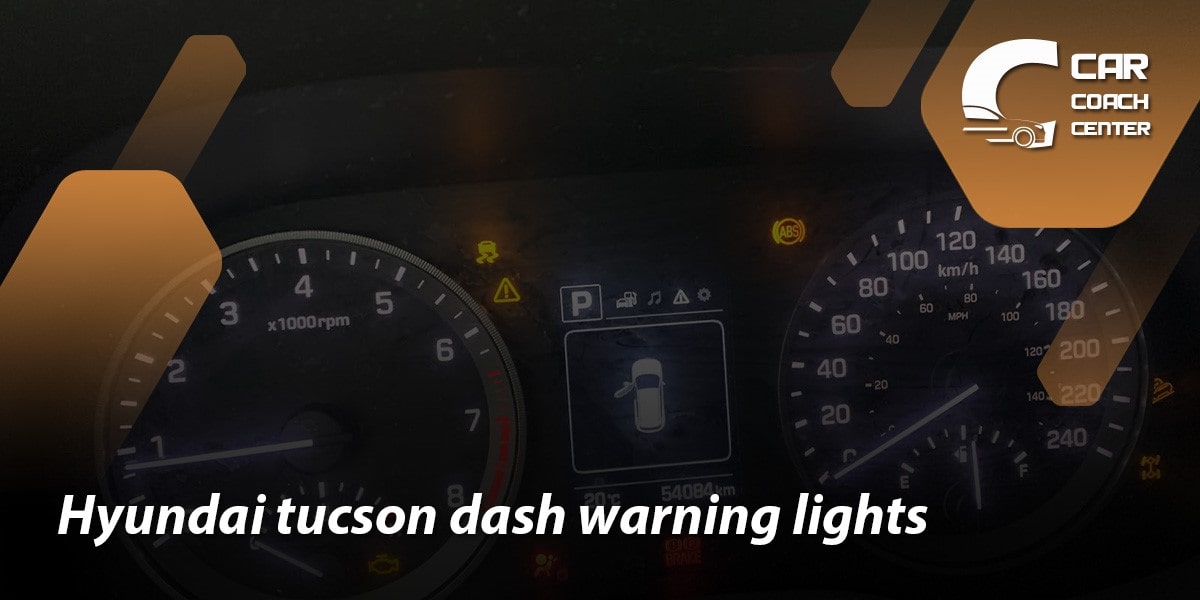
In this article, we will delve into the most common Hyundai dash symbols, decode their meanings, and equip you with the knowledge to interpret and respond appropriately to these dashboard messages. Whether you’re a seasoned Hyundai owner or a new driver, understanding these dashboard symbols will empower you to take better care of your vehicle and embark on your journeys with peace of mind. Let’s embark on this enlightening exploration of Hyundai’s dashboard warning lights together.
Decoding the Mystery: Understanding Hyundai’s Dashboard Warning Lights
Modern Hyundai vehicles have advanced onboard diagnostic systems that constantly monitor the car’s performance. When these systems detect irregularities, malfunctions, or potential issues, they promptly communicate with the driver through illuminated symbols on the dashboard. These symbols, known as Hyundai dash symbols or Hyundai dashboard symbols, can vary in appearance and color, making them akin to a cryptic code for the uninitiated driver.
To navigate this enigmatic display, it’s essential to familiarize yourself with the most common Hyundai dashboard symbols and their meanings. One of the most frequently encountered symbols is the check engine light, which resembles an engine block or the outline of a car’s engine. When this Light illuminates, it indicates a potential issue with the engine, emission control system, or related components. While not always indicative of a critical problem, it’s essential to address the underlying cause to prevent further damage promptly.
Another significant symbol to watch for is the battery warning light, typically depicting a battery with a “+” and “-” sign. When this Light comes on, it points to a potential problem with the vehicle’s charging system, such as a faulty alternator or a weak battery. Ignoring this warning could lead to a drained battery, leaving you stranded on the side of the road.
Additionally, the brake system warning Light, often displaying the letters “ABS” inside a circle, alerts you to potential issues with the anti-lock brake system. When this Light activates, it’s crucial to have your brakes inspected by a professional mechanic to ensure your safety while driving.
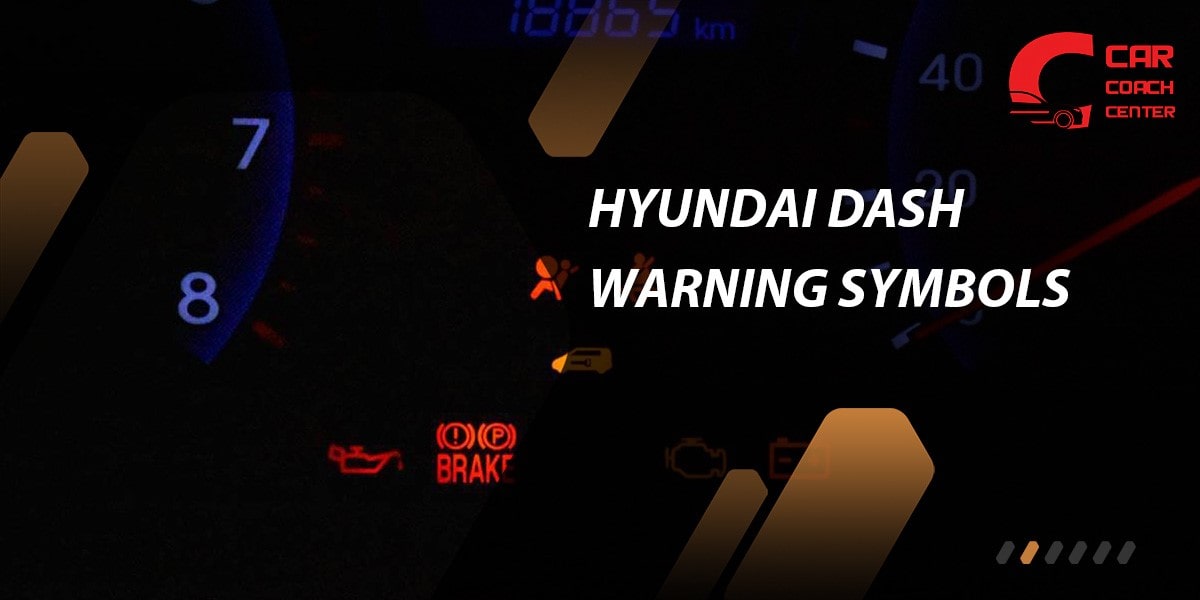
A Rainbow of Signals: Unraveling the Meanings Behind Hyundai’s Colorful Dash Warnings
As you sit behind the wheel of your Hyundai, you might notice an array of colorful lights illuminating your dashboard at various times. These vivid displays are not just for aesthetics; they are essential communication tools known as Hyundai dash symbols or Hyundai dashboard symbols. The colors of these warning lights are not arbitrary; each hue carries a specific message that conveys the urgency and nature of the issue.
Red Lights
Red is the most attention-grabbing color for warning symbols. When you see a red Hyundai dash symbol, it signifies a critical problem that demands immediate action. Examples include the engine temperature warning light, indicating potential overheating, or the oil pressure warning light, warning you of low engine oil levels. Ignoring these red signals could lead to severe engine damage or even a breakdown.
Yellow or Amber Lights
Yellow or amber Hyundai dashboard symbols are less urgent than red ones but require your attention. These lights indicate potential issues that should be addressed soon to prevent further damage. For instance, the check engine light or the tire pressure monitoring system (TPMS) warning light might appear yellow. While your vehicle may still be drivable, it’s advisable to schedule a visit to a service center for diagnosis and repair.
Green or Blue Lights
Hyundai dash symbols in green or blue typically provide information rather than signaling problems. For example, a green light may indicate that a system like cruise control is active, while a blue light might indicate that the high-beam headlights are on.
Navigating Troubles: Common Hyundai Dashboard Alerts and How to Respond
Your Hyundai’s dashboard is a vigilant sentinel, equipped with informative dash symbols illuminating when the car’s onboard systems detect potential issues. Understanding these Hyundai dashboard symbols and knowing how to respond can make a significant difference in addressing problems promptly and preventing further damage. Let’s explore some of the most common dashboard alerts and the appropriate actions to take when they appear:
Check Engine Light
Perhaps the most well-known of all Hyundai dash symbols, the check engine light, often represented by an engine-shaped icon, indicates an issue with the vehicle’s engine or emissions system. When this Light comes on, it’s essential not to panic. Instead, ensure your gas cap is securely tightened, as a loose cap can trigger the Light. If the Light remains illuminated, it’s advisable to visit a qualified mechanic to diagnose and rectify the underlying problem.
Battery Warning Light
This symbol, usually depicting a battery with “+” and “-” signs, warns of potential issues with the charging system. When the battery warning light appears, turn off unnecessary electrical accessories and head to a service center to inspect the battery, alternator, and related components.
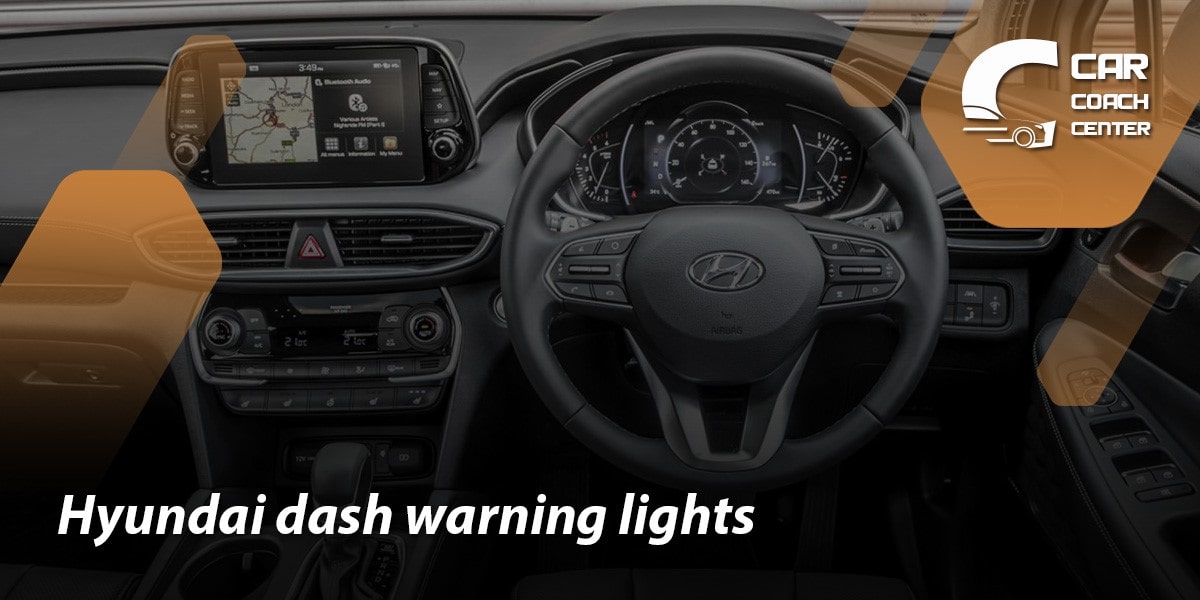
Oil Pressure Warning Light
Represented by an oil can or an oil drop, this Hyundai dashboard symbol indicates low engine oil pressure. Stop driving immediately if this Light comes on, as the continued operation may cause severe engine damage. Check the oil level; if it’s adequate, seek professional assistance to diagnose and fix the issue.
Brake System Warning Light
A symbol depicting “ABS” inside a circle or “BRAKE” signals potential issues with the anti-lock brake system or the brake fluid level. Reduce your speed and exercise caution, then have your brake system inspected by a qualified technician as soon as possible.
Tire Pressure Monitoring System (TPMS) Warning Light
This Light, usually resembling a tire cross-section with an exclamation mark, indicates low tire pressure in one or more tires. Check the tire pressures and inflate them to the recommended levels. If the Light persists, it may indicate a puncture or leak, and professional attention is needed.
Coolant Temperature Warning Light
This symbol, often depicting a thermometer in liquid, warns of engine overheating. Pull over to a safe location immediately, turn off the engine, and allow it to cool before checking the coolant level. If the coolant is low or leaks, have it repaired promptly to avoid engine damage?
Blinking Signals: Tips to Avoid Panic When Hyundai Warning Lights Illuminate
Witnessing Hyundai dash symbols blinking or flashing on your dashboard can be quite unnerving. However, remaining calm and composed is essential when faced with these blinking signals. Understanding how to handle these situations can help you avoid panic and make informed decisions:
Don’t Ignore the Blinking Lights
When a warning light blinks on your Hyundai dashboard, it’s your vehicle’s way of communicating an issue that requires your attention. Ignoring these signals could lead to more significant problems or compromise your safety. Acknowledge the blinking Light and take action promptly.
Identify the Symbol
Familiarize yourself with the different Hyundai dashboard symbols by consulting your owner’s manual or online resources. Knowing each symbol’s representation will enable you to grasp the situation’s urgency. Some blinking lights may indicate an immediate concern, while others may suggest a less urgent matter.
Check for Associated Warnings
Pay attention to any accompanying messages or indicators alongside the blinking symbol. Some Hyundai vehicles have a text display or additional icons that provide more context about the issue. These supplementary warnings can give you valuable insights into the nature of the problem.
Assess the Driving Conditions
If a warning light starts blinking while you’re on the road, assess the driving conditions and your vehicle’s behavior. If the car feels unsafe or experiences a loss of power, pull to a safe location away from traffic. Contact roadside assistance or a nearby service center for guidance in such cases.
Address Urgent Concerns
Certain blinking lights, such as the check engine light or the oil pressure warning Light, demand immediate attention. Safely pull over, turn off the engine, and wait a few minutes before restarting. If the blinking persists, avoid driving further and seek professional help promptly.
Plan a Visit to the Service Center
Once you’ve safely reached your destination or if the warning light is not blinking urgently, visit an authorized Hyundai service center. Expert technicians can diagnose the issue using specialized equipment and provide accurate solutions, ensuring your vehicle’s optimal performance and safety.

Prevention is Key: Proactive Measures to Keep Hyundai Dashboard Lights at Bay
As a responsible Hyundai owner, you can take proactive steps to minimize the appearance of those dreaded Hyundai dash symbols on your dashboard. By adopting preventive measures, you not only avoid potential headaches and costly repairs but also ensure a smoother and safer driving experience. Here are some key tips to keep Hyundai dashboard lights at bay:
Regular Maintenance Checks
Adhere to your vehicle’s recommended maintenance schedule outlined in the owner’s manual. Regular inspections by qualified mechanics can catch and resolve minor issues before they escalate into major problems that trigger dashboard warning lights.
Monitor Fluid Levels
Check your vehicle’s essential fluids regularly, including engine oil, coolant, brake fluid, and transmission fluid. Low fluid levels or leaks can lead to various warning lights, so maintaining adequate levels is crucial.
Inspect the Battery
Check your car’s battery regularly for signs of corrosion, loose connections, or a weakening charge. A healthy battery is essential for a reliable starting mechanism and can help prevent battery-related warning lights.
Keep Tires in Top Shape
Ensure your tires are properly inflated and have sufficient tread depth. Low or worn-out tire pressure can activate the tire pressure monitoring system (TPMS) warning Light.
Use Quality Fuel
Choose high-quality fuel and avoid letting your fuel tank run dry, as poor fuel quality or sediment buildup can trigger the check engine light.
Address Minor Issues Promptly
If you notice any unusual sounds, odors, or changes in your vehicle’s performance, have them inspected by a professional immediately. Timely attention can prevent potential problems and reduce the likelihood of dashboard warnings.
Avoid DIY Repairs
While DIY repairs might seem cost-effective, they can lead to improper fixes and potentially trigger dashboard lights. Leave complex repairs to trained technicians with access to specialized tools and knowledge.
Protect Electrical Systems
Take care of your car’s electrical systems, which are vital in various dashboard functions. Avoid adding unauthorized electrical modifications that could disrupt the vehicle’s onboard systems.
Store and Park Smartly
Park your Hyundai in a covered and secure area to protect it from harsh weather and potential damage. Consider investing in a car cover to shield your vehicle from environmental elements.
From DIY to the Service Center: When to Handle Hyundai Dash Alerts Yourself and When to Seek Professional Help
Encountering Hyundai dash symbols on your dashboard can be both concerning and confusing. While some dashboard alerts may indicate minor issues that you can handle yourself, others require the expertise of a trained professional. Knowing when to take matters into your own hands and when to seek professional help can save you time, money, and potential headaches. Here’s a guide to help you make the right decisions:
DIY Checks and Solutions
- Tire Pressure Monitoring System (TPMS) Warning: If the TPMS light illuminates, check your tire pressures using a reliable tire pressure gauge. Inflate or deflate the tires to the recommended levels, as indicated in your owner’s manual or the driver’s side door jamb.
- Gas Cap Warning: If the check engine light comes on due to a loose or damaged gas cap, you can address this issue yourself. Tighten the gas cap securely or replace it if it’s damaged.
- Windshield Washer Fluid: If the windshield washer fluid light appears, you can top up the reservoir independently. Ensure you use a windshield washer fluid that meets your Hyundai’s specifications.
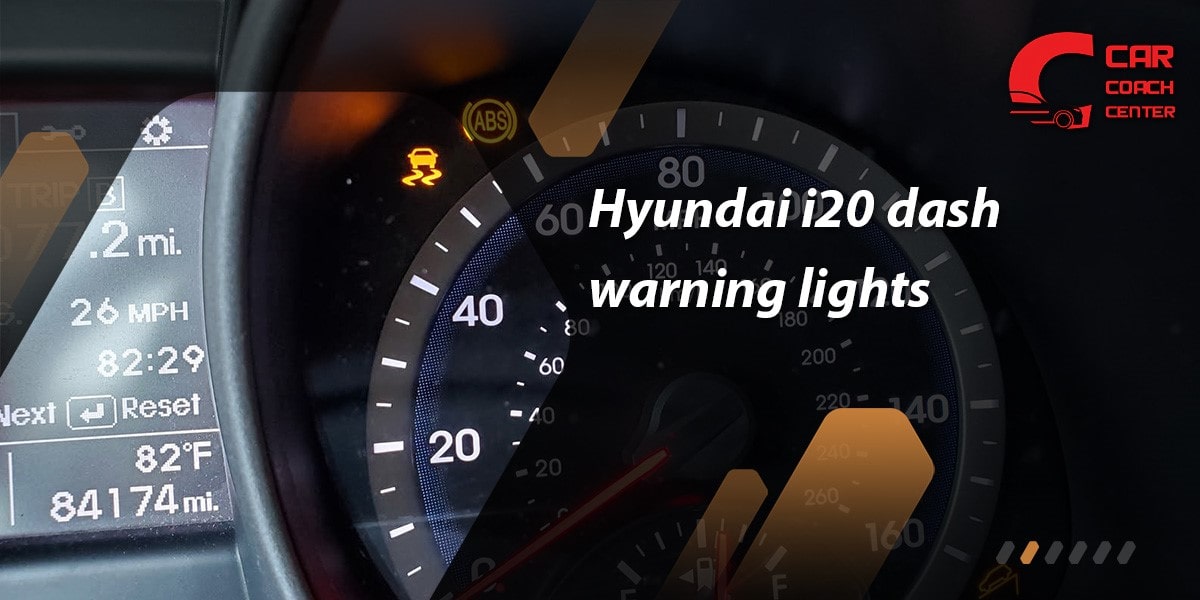
Seeking Professional Help
- Check Engine Light: The check engine light is a complex warning indicating various issues. It’s best to have a professional mechanic diagnose the problem using specialized diagnostic tools to pinpoint the exact cause.
- Airbag System Warning: If the warning light comes on, it’s crucial to consult a certified technician immediately. The airbag system is a critical safety feature; any malfunctions should be addressed promptly.
- Brake System Warning: Issues with the brake system demand immediate attention. Have a qualified mechanic inspect and repair the brake system to ensure optimal performance and safety.
- Transmission Problems: If you experience issues with the transmission, such as difficulty shifting gears or strange noises, it’s essential to visit a service center with expertise in transmissions.
- Electrical Malfunctions: Dashboard lights related to complex electrical systems require the expertise of a trained technician. Attempting to fix electrical issues yourself can lead to further complications.
Conclusion
In conclusion, understanding Hyundai dashboard symbols is crucial for every Hyundai owner to ensure a smooth and safe driving experience. By familiarizing ourselves with the meanings behind these dashboard alerts, we empower ourselves to respond appropriately and proactively address any potential issues.
Regular maintenance checks, prompt DIY actions when possible, and seeking professional help, when needed are essential steps in keeping those blinking warning lights at bay. Carcouchcenter.com serves as a valuable resource for Hyundai owners, offering comprehensive guides and expert advice to navigate the complexities of dashboard symbols.
Remember, prevention is the key to minimizing surprises, and a well-maintained vehicle leads to worry-free journeys on the road. Embrace the power of knowledge and let your Hyundai dashboard be your reliable companion, guiding you toward a dependable and enjoyable driving experience.
What should I do when the check engine light comes on?
When the check engine light illuminates, check your gas cap first. If it's loose, tighten it securely. If the Light persists, visit a professional mechanic for a thorough diagnosis.
Why is the battery warning light blinking on my Hyundai dashboard?
The battery warning light indicates potential issues with the charging system, such as a weak battery or a faulty alternator.
Is it safe to continue driving when the coolant temperature warning light is on?
No, the coolant temperature warning light signals engine overheating. Safely pull over, turn off the engine, and let it cool before checking the coolant level or seeking professional help.

